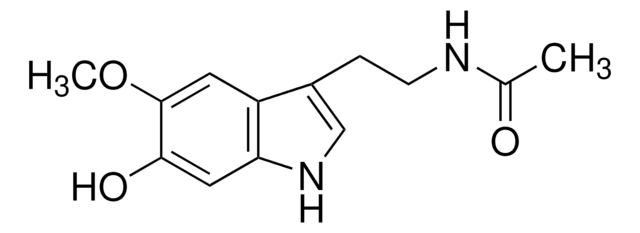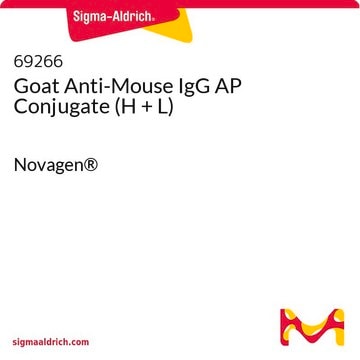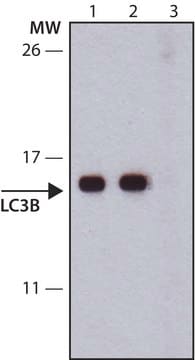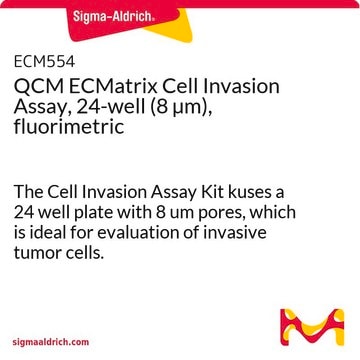MABC1193
Anti-LC3A/B Antibody, clone 4F11.1
clone 4F11.1, from mouse
Synonym(s):
Microtubule-associated proteins 1A/1B light chain 3B, Autophagy-related protein LC3 B, Autophagy-related ubiquitin-like modifier LC3 B, MAP1 light chain 3-like protein 2, MAP1A/MAP1B light chain 3 B, MAP1A/MAP1B LC3 B, Microtubule-associated protein 1 li
About This Item
Recommended Products
biological source
mouse
Quality Level
antibody form
purified antibody
antibody product type
primary antibodies
clone
4F11.1, monoclonal
species reactivity
human
packaging
antibody small pack of 25 μg
technique(s)
western blot: suitable
isotype
IgG2aκ
NCBI accession no.
UniProt accession no.
shipped in
ambient
target post-translational modification
unmodified
Gene Information
human ... MAP1LC3B(81631)
General description
Specificity
Immunogen
Application
Apoptosis & Cancer
Quality
Western Blotting Analysis: 1 µg/mL of this antibody detected LC3A/B in 10 µg of lysate from HeLa cells treated with 50 µM chloroquine.
Target description
Physical form
Storage and Stability
Other Notes
Disclaimer
Not finding the right product?
Try our Product Selector Tool.
recommended
Storage Class Code
12 - Non Combustible Liquids
WGK
WGK 1
Flash Point(F)
Not applicable
Flash Point(C)
Not applicable
Certificates of Analysis (COA)
Search for Certificates of Analysis (COA) by entering the products Lot/Batch Number. Lot and Batch Numbers can be found on a product’s label following the words ‘Lot’ or ‘Batch’.
Already Own This Product?
Find documentation for the products that you have recently purchased in the Document Library.
Our team of scientists has experience in all areas of research including Life Science, Material Science, Chemical Synthesis, Chromatography, Analytical and many others.
Contact Technical Service



![[Asn670, Leu671]-Amyloid β/A4 Precursor Protein 770 Fragment 667-676 trifluoroacetate salt ≥95% (HPLC), solid](/deepweb/assets/sigmaaldrich/product/images/296/089/259ad19e-25e1-4604-9077-8d4dbea518b6/640/259ad19e-25e1-4604-9077-8d4dbea518b6.jpg)




